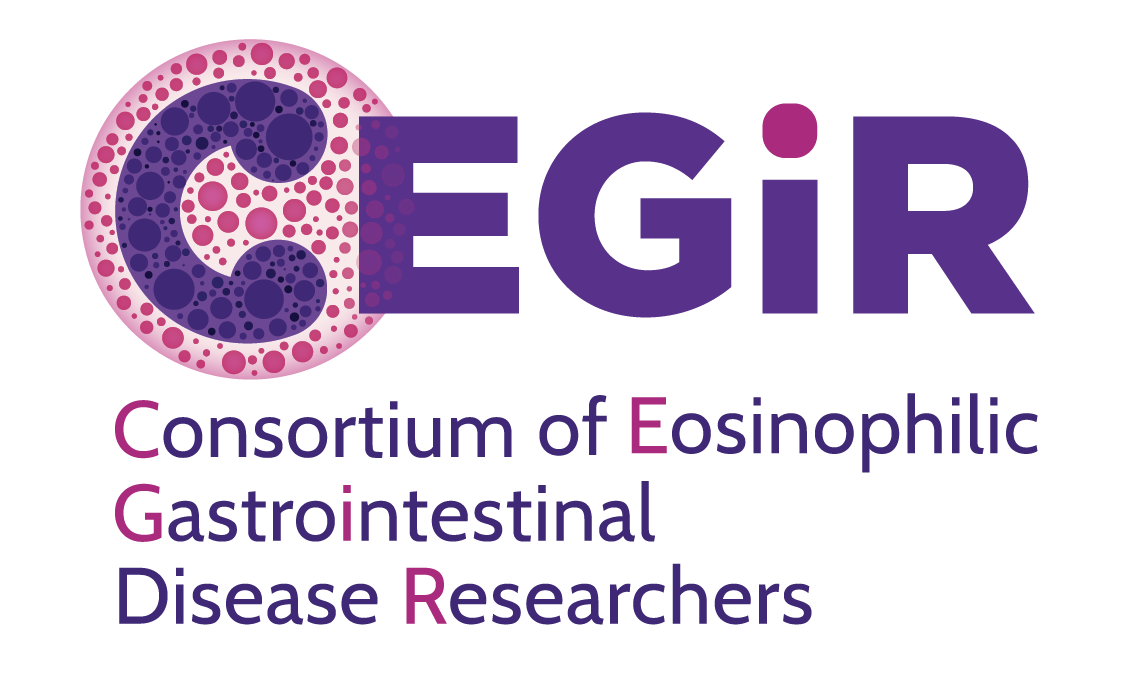Skip to main content
- Abdomen: Also called the "belly," this is the part of the body that includes the area approximately from the chest to the hips.
- Absolute Eosinophil Count: The total level of eosinophils in your blood count.
- Acid Reflux: A condition in which contents from the stomach come back up into the esophagus and is often accompanied by a painful sensation behind the breast bone called "heartburn."
- Adhesion: Scar tissue that forms on the external surface of the intestine causing it to become stuck to an adjacent structure. Adhesions may cause partial obstructions by deforming part of the intestinal tract and may form after an abdominal operation.
- Adrenal Insufficiency, Primary: Adrenal glands produce insufficient quantities of regulatory hormones leading to low blood pressure, low blood sugar and fatigue (weakness) particularly during times of illness.
- Adrenal Insufficiency, Secondary: Adrenal insufficiency related to long-term steroid use. Symptoms similar to primary adrenal insufficiency.
- Allergen: A protein that induces an immediate (IgE) or late (cell mediated) allergic reaction.
- Allergic Rhinitis: Sneezing, stuffy and/or runny nose triggered by inhaled allergens.
- Allergist: A physician who specializes in diagnosis and treatment of allergic disorders, including asthma, allergic skin rashes, allergic rhinitis, and food allergies.
- Allergy: An abnormal immune system response to any stimulus that can take any of 4 different types of reaction characteristics (Immediate/IgE-Mediated, Cytotoxic, Immune Complex-Mediated or Delayed/Cell-Mediated); the classic working definition used by most physicians only includes immediate response allergic reactions (IgE-Mediated).
- American Partnership for Eosinophilic Disorders (APFED): A patient advocacy group that improves the lives of patients and families affected by eosinophil-associated diseases through education, research, and advocacy.
- Amino Acid: Amino acids are the building blocks of all proteins. Some amino acids also function as chemical signals, such as neurotransmitters.
- Amylase: The digestive enzyme needed to digest starches (complex carbohydrates). This enzyme is produced by the pancreas and is also found in the saliva.
- Anal Fissure: A crack in the skin tissue of the anus. Fissures may bleed and become irritated or infected with bowel movements, therefore good hygiene habits are necessary.
- Anaphylaxis: An acute IgE-mediated allergic response that can be life-threatening.
- Anemia: Refers to low red blood cell and low hemoglobin level count. There are many causes of anemia, the most common of which is iron deficiency.
- Anorexia: Loss of appetite from any cause. It can have physiologic and/or psychological components.
- Anorexia Nervosa: A psychological disorder of body image in which the individual feels overweight regardless of actual weight. Persons affected by this disorder have a fear of gaining weight and may use excessive exercise, laxatives and/or skipping of meals in order to achieve what they perceive as an ideal body weight and image. Complications may include nutritional deficiencies, osteoporosis, organ dysfunction or failure, and in extreme cases, coma and/or death.
- Antibody(ies): (See also Immunoglobulin Antibodies) A protein produced by the body’s immune system that helps neutralize germs by recognizing and binding a specific antigen.
- Antihistamine: A medication that blocks the action of histamine in the body. Typical uses of Histamine subtype 1 blockers (H1 Blockers) include stopping or decreasing allergic reactions such as hives, allergic rhinitis, and/or eczema, decreasing nausea and dizziness associated with motion sickness or chemotherapy drugs, and helping with sleep problems. Non-sedating antihistamines are relatively new and are used for daytime allergy sufferers. Typical uses for histamine subtype 2 blockers (H2 Blockers) which block acid effects include stomach ulcers, heartburn and GERD.
- Anus: An opening in the rectum that allows stool to move out of the body (bowel movement). Common problems with the anus are hemorrhoids, abscesses, and fissures (cracks), and cancer.
- APFED: See American Partnership for Eosinophilic Disorders.
- APT: See Atopy Patch Test.
- Ascending Colon: The part of the large intestine located on the right side of the abdomen that attaches the cecum with the hepatic flexure at the start of the transverse colon.
- Ascites: A collection of fluid in the abdomen.
- Asthma: A disorder causing the airways to become inflamed and narrowed due to mucous production and leads to symptoms of wheezing, shortness of breath, coughing and chest tightness in response to stimuli that would not cause reactions in healthy individuals. Asthma can be triggered by an inhaled allergen.
- Asymptomatic: Absence of symptoms.
- Atopy: The predisposition to develop the constellation of allergic diseases including eczema, rhinitis, asthma, and conjunctivitis in individuals with a family history of these problems. This inherited tendency to develop certain allergic hypersensitivity reactions is associated with elevation of IgE.
- Atopy Patch Test (APT): A method used to assist in the diagnosis of delayed food allergy by placing a small amount of an allergen on the skin for an extended period of time and evaluating the skin reaction at specific intervals. The role of APT in identifying food triggers in EGID has not been validated in large studies.
- Autoimmune Disease: A disease in which a part of the body's immune system attacks its own cells that make up part of the body, such as skin, connective or joint tissue, intestinal tissue, nerve cells, etc.

